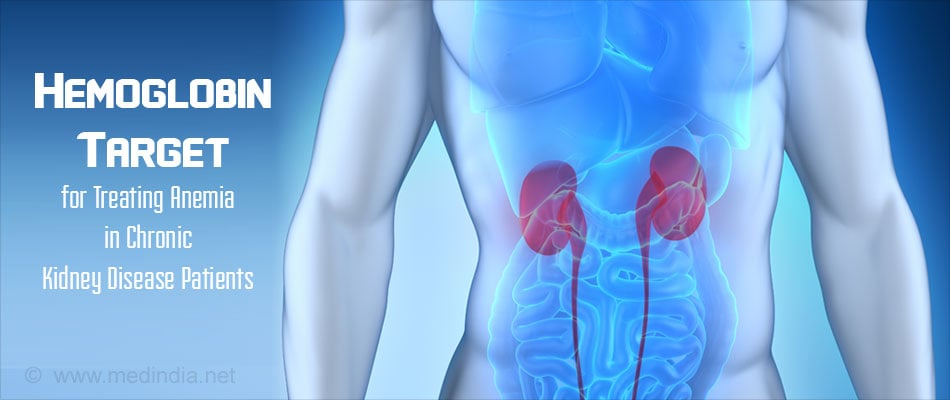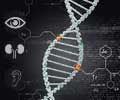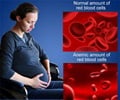
- Chronic Kidney Disease (CKD) is one of the major causes of morbidity and mortality
- CKD and anemia go hand in hand - more the kidney damage, worse is the anemia
- 10.5g/dl is the adequate hemoglobin target in CKD patients, according to a study
- Over-treating anemia does not improve the quality of life and only increases the cost of treatment
The treatment of anemia in a patient with kidney disease starts as soon as the patient becomes anemic. The initial management is with iron infusion. If the hemoglobin falls below 10g/dl, an erythropoietin stimulating agent (ESA) like erythropoietin alpha or darbepoetin alpha is added. If the hemoglobin levels improve, the same combination is continued. But when the annual hemoglobin range continues to stay below the target level, then blood transfusions are given.
Though the recommended treatment options are standard everywhere, the recommended target hemoglobin varies. The Kidney Disease Improving Global Outcomes (KDIGO) Guidelines recommend a hemoglobin level of between 9 and 11.5 g/dl, the European Best Practice Guidelines recommend a target hemoglobin level between 11 and 12 g/dl, while the National Institute for Health and Clinical Excellence (NICE) recommends a range between 10 and 12 g/dl. Excessive treatment when not necessary only increases the cost for the patient, who is already financially overburdened by the chronic disease.
Hemoglobin of 10.5g/dl – A Cost-Effective Target
Yarnoff et al, evaluated the cost-effectiveness of various treatment options in patients over 30 years of age with CKD 3 and 4 who were not on dialysis. The study analyzed the treatment based on annual hemoglobin levels.
The researchers found that the average lifetime medical costs increased from $94,056 for the case with no ESA treatment (only iron) to $140,925 for a treatment with a target hemoglobin of 13 g/dl.
The present study for cost effectiveness of anemia treatment in patients diagnosed with CKD stage 3 and stage 4 concluded that a hemoglobin target of 10g/dl and 10.5g/dl may increase quality of life and is cost effective, the latter being more cost effective. It also concludes that targeting a hemoglobin level above 11g/dl does not significantly improve the patient outcomes and at the same time increases the cost. These results were comparable with previous studies except that the older studies had a slightly higher target hemoglobin, maybe because the complications of higher ESA doses were not considered, and the study population included dialysis-patients also.
A limitation of this study is that it is based on the available research which might have omitted complications of CKD and anemia like heart failure. Another limitation is that it does not include dialysis patients, young population and patients with acute kidney injury, hence the results cannot be generalized.
Why stress on the cost-effectiveness of the treatment so much? The reason is because CKD treatment is not very cheap and when the patient goes in for dialysis, the cost of treatment goes up. The advantage and the need for this study is its importance in framing future guidelines for anemia in moderate and advanced CKD, improve clinical outcomes and also pave the way for future research on cost effectiveness in CKD treatment.
Reference:
- Yarnoff BO, Hoerger TJ, Simpson SA, Pavkov ME, Burrows NR, Shrestha SS, et al. (2016) The Cost-Effectiveness of Anemia Treatment for Persons with Chronic Kidney Disease. PLoS ONE 11(7): e0157323. doi:10.1371/journal.pone.0157323













